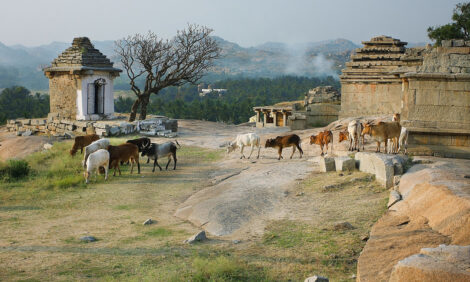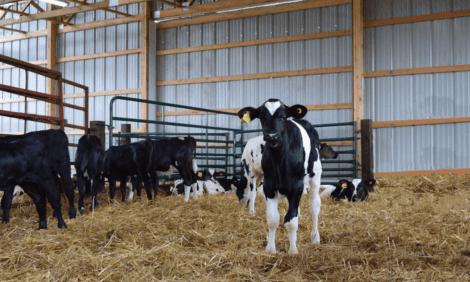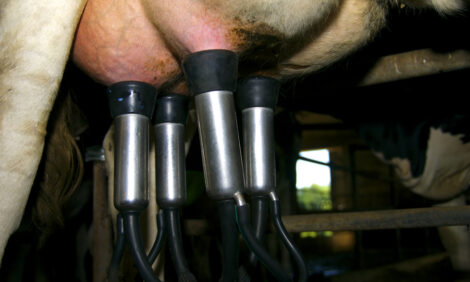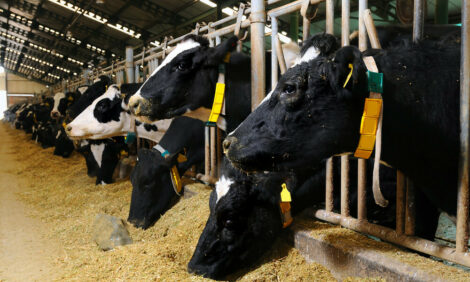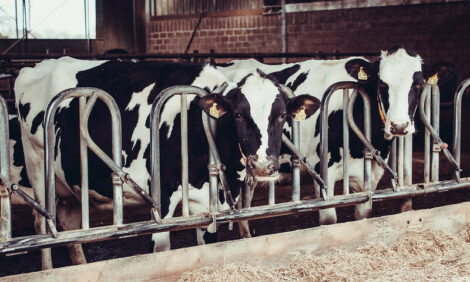



Guide to good dairy farming practice: Socio-economic management
Learn more about being socially responsible dairy producersPart of Series:
< Previous Article in Series
This article is from the Guide to Good Dairy Farming Practices, originally written and published by the Food and Agriculture Organization of the United Nations (FAO) and the International Dairy Federation. The Guide has been written in a practical format for dairy farmers engaged in the production of milk from any dairy species. When adopted, it will support the production and marketing of safe, quality-assured milk and dairy products. Additional sections of the Guide will be published as an article series.
Being ‘socially responsible’ and ‘economically sustainable’ are integral to good dairy farming practice as they address two key risks to the farm enterprise. Managing and looking after the farm’s human resources is critical to the sustainability of the enterprise. In many parts of the world this will primarily apply to the farmer and others living on the dairy farm. However, dairy farmers must also consider the role their enterprise has in the wider community; as an employer, consumer of natural resources and its potential impact on neighbours.
Similarly, dairy farms are businesses producing a product, in this case milk, meat and livestock. Like all businesses, dairy farm businesses must be financially viable to have a long term future. The suggested good dairy farming practices for the socio-economic management of dairy farms are:
• Implement effective and responsible management of human resources.
• Ensure farm tasks are carried out safely and competently.
• Manage the enterprise to ensure its financial viability.
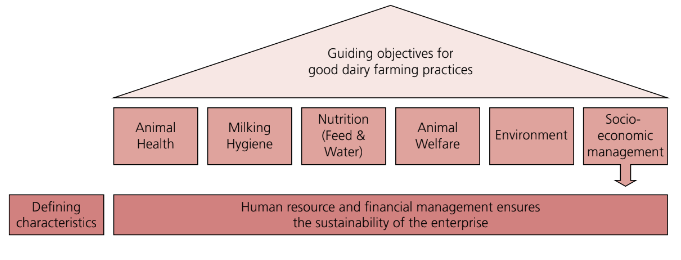
Implement effective and responsible management of human resources
Implement sustainable work practices
Managing a dairy farm is a very demanding job. Even on a small landholder scale the dairy farmer is responsible for producing quality food from livestock that require daily care and attention. Dairy farmers need to consider their own health and welfare, and that of their families and farm workers. The workload of all should be reasonable and sustainable. Society has a duty to dairy farmers in this regard too, providing a fair return for farm produce.
Employ staff based on national laws and practice
Farm staff should be engaged on clearly defined and documented terms. Labour productivity is enhanced when dairy staff properly understand their duties, so a documented job description can be useful. Employment contracts must be lawful. Child labour is illegal in most countries and is inappropriate in dangerous environments.
Manage human resources effectively ensuring that their working conditions comply with applicable laws and international conventions
Dairy farmers and staff should ensure that they are able to cope with the physical and mental demands required by dairy farming. Dairy farmers need to have realistic expectations of their staff. Forward planning through rosters and open communications play an important part in the productivity and safety of the workforce. Working hours must be sustainable and not exceed legislated limits.
Ensure the farm working environment complies with relevant occupation health and safety requirements
Farm equipment and infrastructure should not be a risk to the health and safety of farm staff and visitors. Good design and maintenance will remove many risks. Facilities must be provided to safely handle large dairy animals. Personal protective equipment, toilets and washing facilities should be provided where required. Consider vaccination for staff and or animals to prevent zoonoses. Routine health assessments eg vision and hearing checks, may be useful.
Ensure farm tasks are carried out safely and competently
Have appropriate procedures and equipment in place for undertaking dairy farming tasks
It is important to ensure tasks undertaken on the farm are done safely, correctly and consistently by all farm staff. It is the dairy farmer’s responsibility to ensure that farm staff are aware of and understand the procedures specific to their enterprise. They also need to clearly identify who is responsible for particular tasks. It is good practice to have a written procedure, usually called a Standard Operating Procedure (SOP), which details how to carry out a task in a controlled and repeatable manner. It should cover all requirements to carry out the task, including details of process, equipment and materials, and any relevant risk and safety issues. It may be necessary to carry out a risk assessment on potentially hazardous tasks. Clear procedures competently carried out minimise the risks to staff, animal health, animal welfare, and milk quality and safety.
Induct and train/educate staff appropriately for their work
Farm staff need to be properly trained to work productively and safely. This includes being formally introduced to the working environment and their specific role. New staff should be supervised by a competent person until they are familiar with their tasks and understand the farm’s specific management systems and potential risks. Training opportunities for existing staff can also improve productivity and increase work satisfaction. Training and educational opportunities can be used to monitor farm procedures and provide feedback for continual improvement.
Ensure staff carry out their tasks competently
Good managers have systems in place to ensure that tasks carried out by others on the farm are being undertaken competently and in a timely manner. Good communications, backed up by visual checks, appropriate record keeping or other methods of verification, are good practice.
Choose competent people for training, advice and interventions
Choose competent and qualified people to develop and deliver staff training. Only seek and act on advice from sources and individuals that are appropriately skilled or qualified. Use appropriately qualified and authorised professionals to undertake specialist tasks on the farm such as veterinarians, milking machine technicians, dairy hygiene specialists, accountants and the like. In many regions the delivery of veterinary services is restricted by law to appropriately registered veterinarians to protect animal health and welfare and food safety.
Manage the enterprise to ensure its financial viability
Implement financial management systems
Most decisions that support good dairy farming practice have financial implications for the farm enterprise. Use records and book keeping systems that can provide the dairy farmer with up to date information about the farm’s financial position. Access to this information underpins good decision-making.
Adopt agricultural practices that contribute to the productivity and/or
profitability goals of the enterprise
Dairy farmers operate in constantly changing physical and market environments. Implementing good dairy farming practice is about being adaptive to change. Dairy farmers should implement new technologies and practices that are consistent with their goals. Examples include different fodder crop varieties or irrigation practices that are more appropriate to a changing climate. Feed and labour are significant costs to most dairy farm businesses and so improvements in these areas have the largest impact on the financial sustainability of the enterprise. Sustainable businesses are adaptive to change and are prepared to seize opportunities to improve their operations as they arise.
Plan ahead to manage financial risks
Forward budgeting of both farm income and expenses should be used to manage the financial risks to the farm enterprise. Budgeting can help identify and manage future cash flow issues, as well as minimise any financing costs.
Reference: FAO and IDF. 2011. Guide to good dairy farming practice. Animal Production and Health Guidelines. No. 8. Rome.

